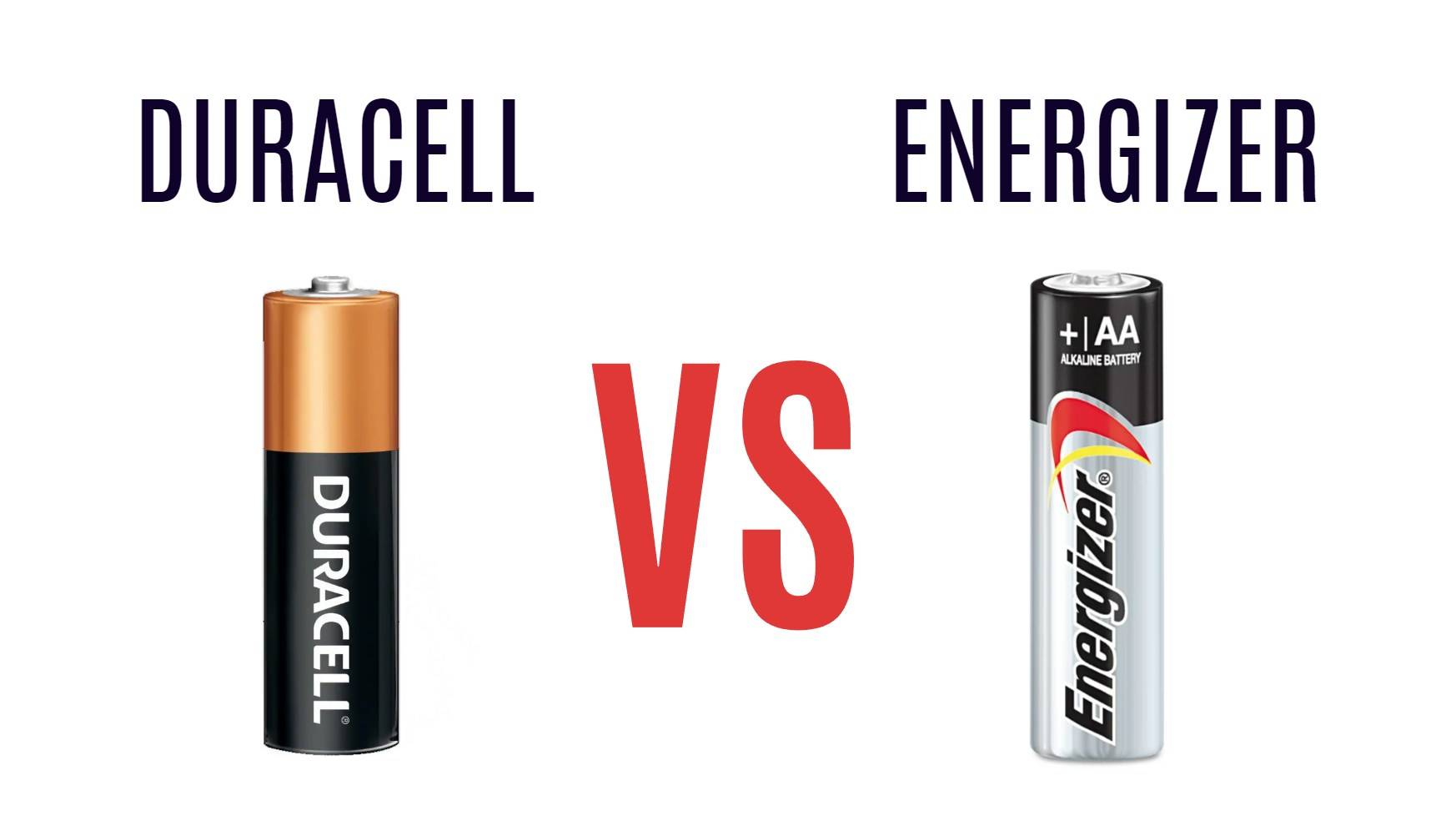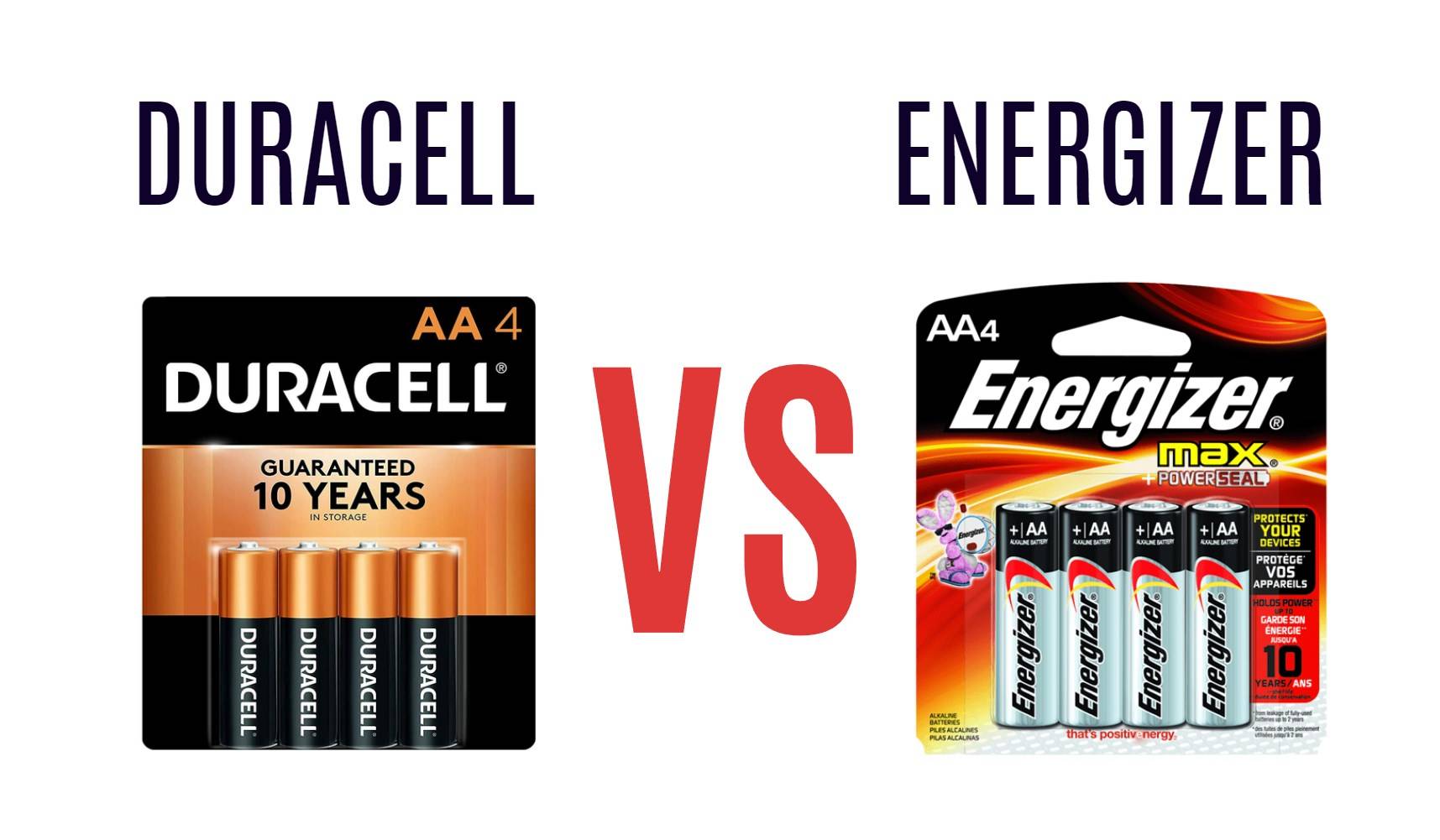- Forklift Lithium Battery
-
48V
- 48V 210Ah
- 48V 300Ah
- 48V 420Ah (949 x 349 x 569 mm)
- 48V 420Ah (950 x 421 x 450 mm)
- 48V 456Ah
- 48V 460Ah (830 x 630 x 590 mm)
- 48V 460Ah (950 x 421 x 450 mm)
- 48V 460Ah (800 x 630 x 600 mm)
- 48V 460Ah (820 x 660 x 470 mm)
- 48V 500Ah
- 48V 560Ah (810 x 630 x 600 mm)
- 48V 560Ah (950 x 592 x 450 mm)
- 48V 600Ah
- 48V 630Ah
-
48V
- Lithium Golf Cart Battery
- 12V Lithium Battery
12V 150Ah Lithium RV Battery
Bluetooth App | BCI Group 31
LiFePO4 Lithium
Discharge Temperature -20°C ~ 65°C
Fast Charger 14.6V 50A
Solar MPPT Charging - 24V Lithium Battery
- 36V Lithium Battery
- 48V Lithium Battery
-
48V LiFePO4 Battery
- 48V 50Ah
- 48V 50Ah (for Golf Carts)
- 48V 60Ah (8D)
- 48V 100Ah (8D)
- 48V 100Ah
- 48V 100Ah (Discharge 100A for Golf Carts)
- 48V 100Ah (Discharge 150A for Golf Carts)
- 48V 100Ah (Discharge 200A for Golf Carts)
- 48V 150Ah (for Golf Carts)
- 48V 160Ah (Discharge 100A for Golf Carts)
- 48V 160Ah (Discharge 160A for Golf Carts)
-
48V LiFePO4 Battery
- 60V Lithium Battery
-
60V LiFePO4 Battery
- 60V 20Ah
- 60V 30Ah
- 60V 50Ah
- 60V 50Ah (Small Size / Side Terminal)
- 60V 100Ah (for Electric Motocycle, Electric Scooter, LSV, AGV)
- 60V 100Ah (for Forklift, AGV, Electric Scooter, Sweeper)
- 60V 150Ah (E-Motocycle / E-Scooter / E-Tricycle / Tour LSV)
- 60V 200Ah (for Forklift, AGV, Electric Scooter, Sweeper)
-
60V LiFePO4 Battery
- 72V~96V Lithium Battery
- Rack-mounted Lithium Battery
- E-Bike Battery
- All-in-One Home-ESS
- Wall-mount Battery ESS
-
Home-ESS Lithium Battery PowerWall
- 24V 100Ah 2.4kWh PW24100-S PowerWall
- 48V 50Ah 2.4kWh PW4850-S PowerWall
- 48V 50Ah 2.56kWh PW5150-S PowerWall
- 48V 100Ah 5.12kWh PW51100-F PowerWall (IP65)
- 48V 100Ah 5.12kWh PW51100-S PowerWall
- 48V 100Ah 5.12kWh PW51100-H PowerWall
- 48V 200Ah 10kWh PW51200-H PowerWall
- 48V 300Ah 15kWh PW51300-H PowerWall
PowerWall 51.2V 100Ah LiFePO4 Lithium Battery
Highly popular in Asia and Eastern Europe.
CE Certification | Home-ESS -
Home-ESS Lithium Battery PowerWall
- Portable Power Stations
How Do Duracell and Energizer Batteries Compare in Lifespan, Leakage, and Quality?

When comparing Duracell and Energizer batteries, consumers often consider factors such as lifespan, leakage concerns, and overall quality. Both brands are well-known for their reliability, but understanding their differences can help users make informed choices based on their specific needs.
What are the key differences between Duracell and Energizer batteries?
Duracell and Energizer batteries differ in performance, longevity, and pricing. Duracell generally excels in high-drain applications, providing longer life in devices like cameras, while Energizer is often more affordable and performs well in low-drain devices. Both brands offer reliable options but cater to slightly different needs.
Duracell and Energizer are two of the most recognized battery brands, each offering unique features:
- Duracell: Known for its long-lasting power, particularly in low-drain devices like remote controls.
- Energizer: Often praised for its performance in high-drain applications like digital cameras.
Both brands offer a range of products including alkaline, rechargeable, and specialty batteries, but their formulations and technologies may vary.
Chart: Key Differences Between Duracell and Energizer
| Feature | Duracell | Energizer |
|---|---|---|
| Battery Types | Alkaline, Rechargeable | Alkaline, Lithium |
| Performance Focus | Low-drain devices | High-drain devices |
| Market Position | Slightly larger market share | Strong brand loyalty |
How does battery life compare between Duracell and Energizer?
Battery life varies by application; Duracell typically lasts longer in high-drain devices, while Energizer may perform better in low-drain situations. In tests, Duracell batteries can last up to 31% longer than Energizer in specific scenarios, but results can vary depending on the device used.
Battery life can vary based on usage conditions:
- Duracell: Typically lasts longer in low-drain applications due to its design that optimizes energy output over time.
- Energizer: May perform better in high-drain situations but can drain faster in low-drain devices.
Consumer tests often show mixed results, with some favoring one brand over the other depending on specific usage scenarios.
Chart: Average Battery Life Comparison
| Usage Scenario | Duracell Life (Hours) | Energizer Life (Hours) |
|---|---|---|
| Low-Drain Devices | 10 – 20 | 8 – 15 |
| High-Drain Devices | 5 – 10 | 6 – 12 |
What are the leak concerns associated with each battery brand?
Duracell batteries have a slightly lower likelihood of leaking compared to Energizer. Both brands implement leak-resistant designs, but factors like battery age and improper usage can increase leakage risks. Proper storage and handling are essential to minimize leakage issues.
Leakage is a significant concern for both brands:
- Duracell: Generally has good leakage protection; however, older batteries may still pose a risk if stored improperly.
- Energizer: Also offers leakage-resistant designs but has faced some criticism regarding older models leaking under certain conditions.
Both companies have made strides in improving their products’ resistance to leakage through better sealing technologies.
Chart: Leakage Concerns Overview
| Brand | Leakage Rate | Consumer Feedback |
|---|---|---|
| Duracell | Low | Generally positive |
| Energizer | Moderate | Mixed reviews |
How do performance characteristics differ in high-drain devices?
In high-drain devices, Duracell batteries typically outperform Energizer, providing longer usage times. For example, Duracell can deliver 5-7 hours of power in high-drain situations, while Energizer usually lasts 3-5 hours. Choosing the right battery for your device’s demands is crucial for optimal performance.
In high-drain applications:
- Duracell: Often provides consistent power delivery but may not last as long as Energizer under heavy loads.
- Energizer: Tends to excel in high-drain scenarios due to its design, which allows for higher initial voltage output.
Testing shows that while both brands perform well, users may prefer one over the other based on specific device requirements.
Chart: Performance in High-Drain Devices
| Device Type | Preferred Brand |
|---|---|
| Digital Cameras | Energizer |
| Power Tools | Energizer |
| Remote Controls | Duracell |
What factors influence consumer preferences for Duracell or Energizer?
Consumer preferences for Duracell or Energizer often depend on factors such as brand loyalty, price, availability, and specific performance needs. Some users prefer Duracell for high-drain applications, while others choose Energizer for its affordability and effectiveness in low-drain devices.
Consumer preferences can be influenced by various factors:
- Brand Loyalty: Many consumers have a long-standing preference based on past experiences.
- Performance Needs: Users select brands based on specific applications—high-drain versus low-drain.
- Price Point: Cost considerations often sway decisions, especially when purchasing in bulk.
Chart: Factors Influencing Brand Preference
| Factor | Influence on Choice |
|---|---|
| Brand Loyalty | Strong influence |
| Performance Needs | Depends on device type |
| Price Point | Significant consideration |
How can users choose the best battery for their needs?
To choose the best battery, consider the device’s power requirements (high vs. low drain), budget constraints, and brand reliability. Reviewing user reviews and performance tests can also help determine which brand—Duracell or Energizer—better suits your specific needs.
To select the right battery:
- Assess Usage Needs: Determine whether your devices are low-drain or high-drain.
- Compare Lifespan Ratings: Look at average lifespans for specific applications.
- Consider Price vs. Performance: Weigh cost against expected performance to find the best value.
Chart: Choosing the Right Battery
| Consideration | Recommended Action |
|---|---|
| Usage Type | Identify low or high drain |
| Lifespan Rating | Compare based on device use |
| Budget | Evaluate cost vs performance |
What are the environmental impacts of using these batteries?
Both Duracell and Energizer have initiatives to reduce environmental impacts through recycling programs like Call2Recycle. However, improper disposal can lead to harmful chemical leaks. Users are encouraged to recycle batteries responsibly to minimize their ecological footprint and support sustainable practices.
- Recycling Programs: Both brands offer recycling options to reduce waste.
- Sustainable Materials: Efforts are being made to use more eco-friendly materials in production.
However, battery disposal remains a concern as improper disposal can lead to environmental contamination.
Chart: Environmental Impact Overview
| Aspect | Duracell | Energizer |
|---|---|---|
| Recycling Programs | Yes | Yes |
| Sustainable Practices | Improving | Improving |
Industrial News
Recent advancements in battery technology emphasize sustainability and performance enhancements across leading brands like Duracell and Energizer. As consumers become more environmentally conscious, both companies are investing in greener production methods and recycling initiatives to reduce their ecological footprints while maintaining product quality.
Redway Power Insight
“Choosing between Duracell and Energizer often comes down to specific application needs,” states an expert from Redway Power. “Both brands offer reliable options; understanding your power requirements is key to making an informed decision that balances performance with environmental responsibility.”















